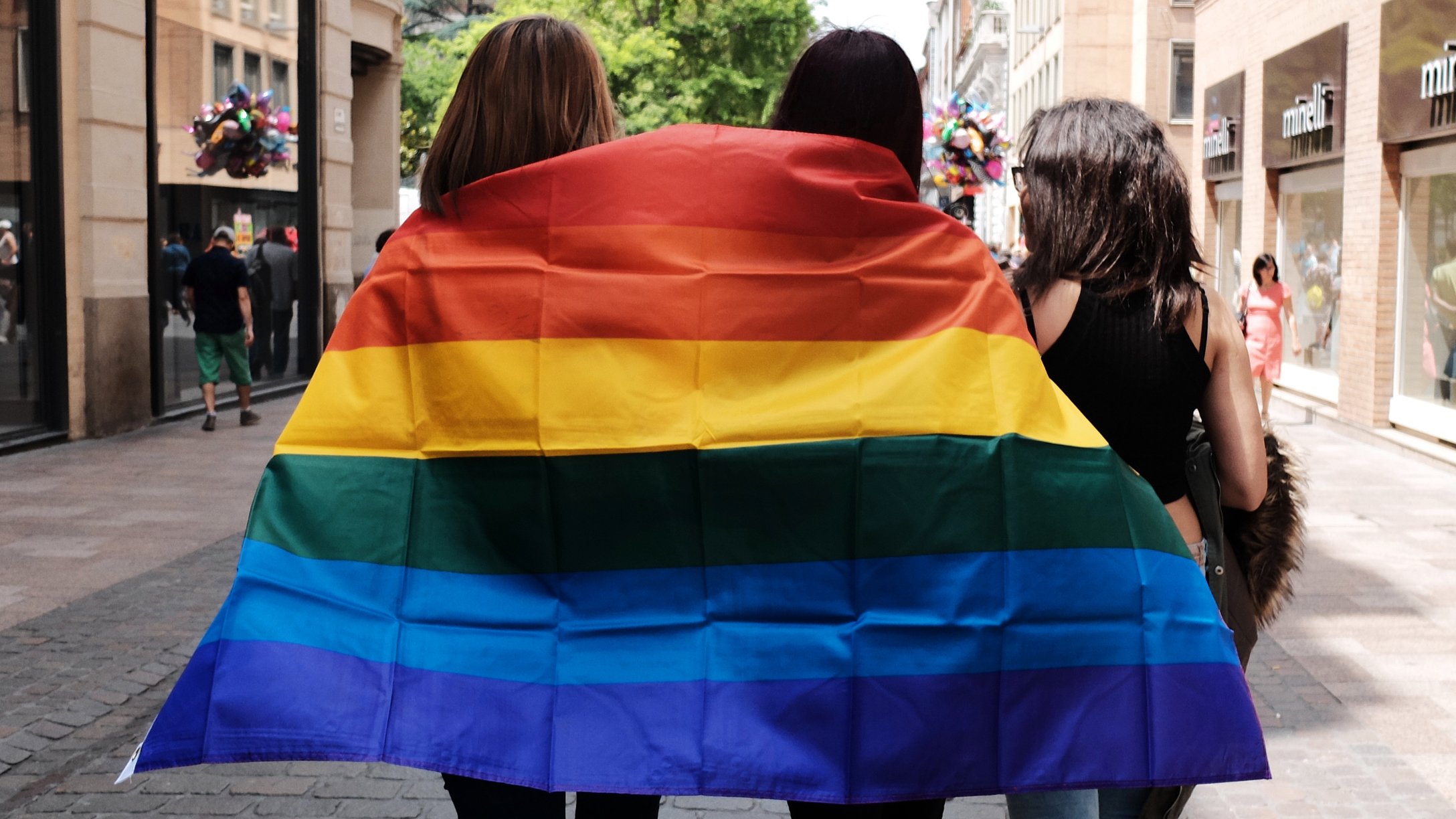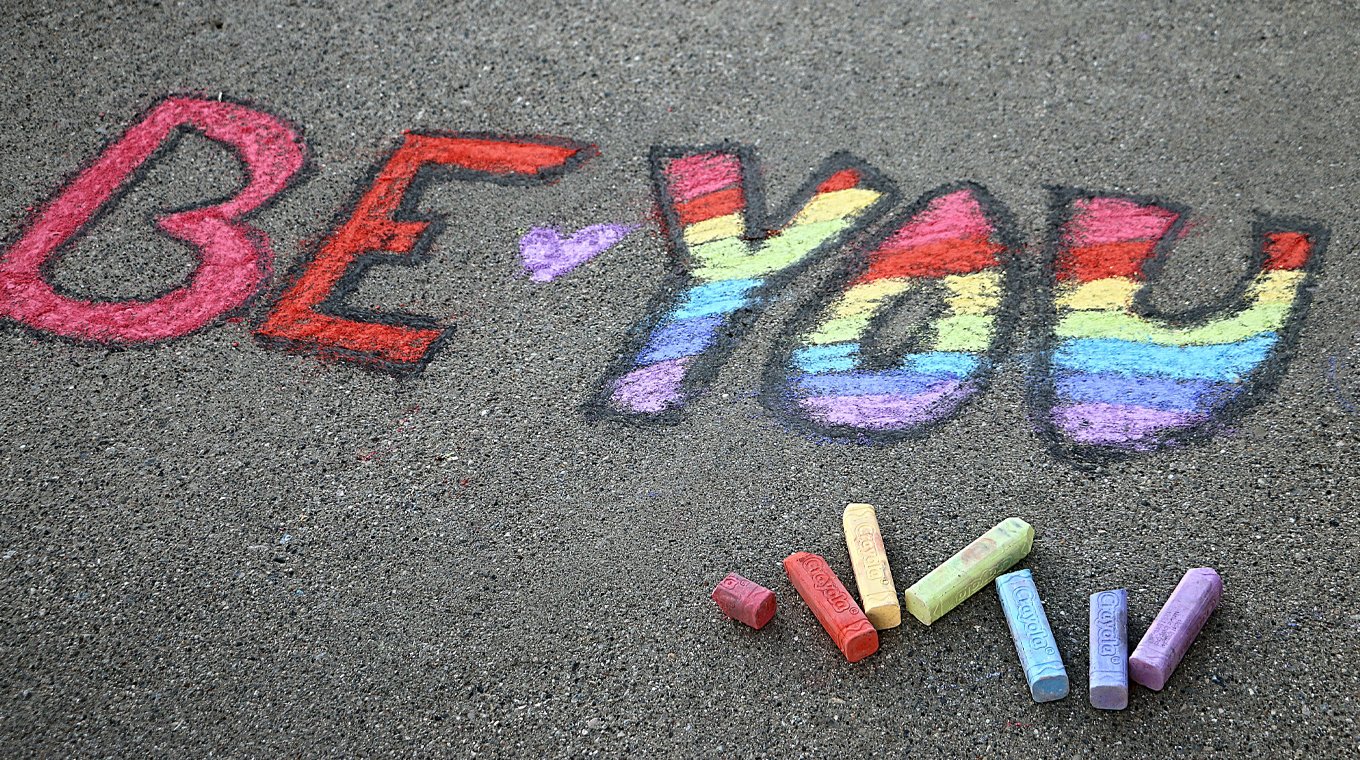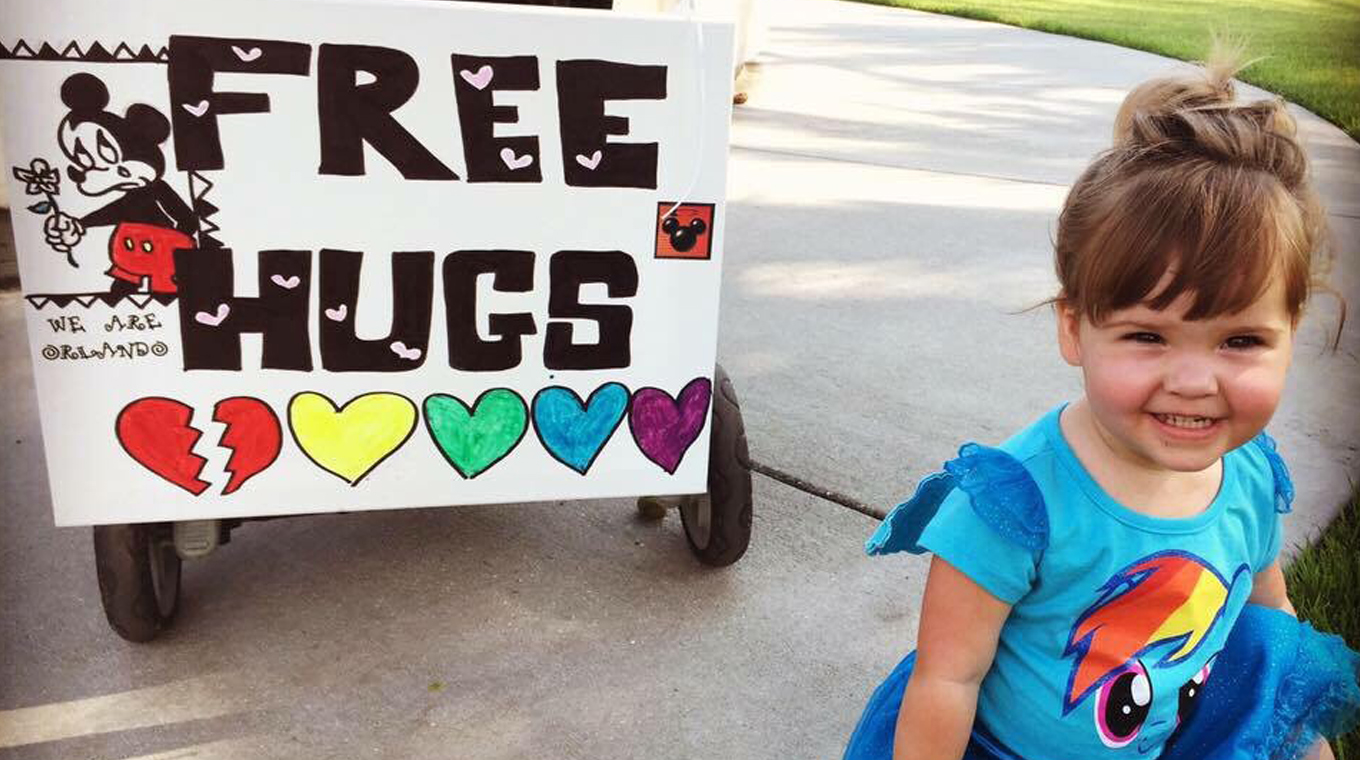
In this article
Growing up is hard for everyone, but it can be especially difficult for kids and teens who identify as LGBTQ. Research shows that LGBTQ youth are at higher risk of being bullied and, as a result, may be more likely to have suicidal thoughts than their peers who identify as heterosexual. That’s why it’s so important to have allies — people who are not LGBTQ but who support, respect, and advocate for those who are.
“This subject is near and dear to my heart,” Sophia Arredondo said. Arredondo is the director of education and youth programs for GLSEN (the Gay, Lesbian, and Straight Education Network), as well as a proud queer parent of two. She talked with Mom.com about how other parents and guardians can raise their kids to be allies.
Educate yourself on how to be a LGBTQ ally

This might sound obvious, but it helps to be an ally yourself — which means reading up on proper terminology, learning about the LGBTQ experience, and confronting your own biases.
“Answer children’s questions,” Arredondo said, “and when you don’t have the answers, invite them to learn with you.”
Embrace diversity
Start by teaching your child to accept and love people of different backgrounds.
“Families take all forms. There’s no one way or right way to be a family,” Arredondo said. She recommends introducing this idea at a really young age and “talking about the diversity of families, so when you get to middle school, when you get to high school, this is not an issue.”
One way to do this is through reading books about people from different family structures or backgrounds, and emphasizing the similarities in their stories. “I think a diversity of books is important, whether it’s around LGBTQ identity or race and ethnicity or religion,” Arredondo told Mom.com.
Avoid heteronormative stereotypes

Twenty20
Although there’s been some progress on this front — such as with LGBTQ representation in the media and Mattel’s announcement of a gender-neutral doll — much of what kids see and hear from a young age reinforces gender stereotypes and heteronormative bias.
Parents and other authority figures can help to challenge these stereotypes by watching what they say and how they act. “Do your best to avoid heteronormative language or making assumptions about your child based on their gender,” Arredondo advised. “Don’t enforce the idea that there are boy things and girl things: toys, colors, activities, feelings, behaviors, etc. Celebrate human things. Be open to the fact that there are more than two genders.”
Speak up about bullying
According to the Centers for Disease Control and Prevention’s 2017 Youth Risk Behavior Survey, 33% of US high school students who self-identify as lesbian, gay, or bisexual reported having been bullied on school property in the previous year, compared with 17% of students who identify as heterosexual. More LGBTQ youth also reported being cyberbullied and not going to school because of safety concerns.
You can’t control what happens when you’re not around, but you can talk to your kids about the kind of behavior you expect from them, as well as how their words and actions affect other people. Make sure they understand that bullying is never acceptable, and that they shouldn’t tolerate hateful remarks or “jokes” from their friends.
Don’t just talk, though. Model the kind of conduct you want your kids to emulate by speaking up when you hear derogatory comments or when someone uses the word “gay” in a negative way. “When adults don’t intervene, the message is that that behavior is condoned,” Arredondo warned.
Emphasize trust

Twenty20
Arrendondo said it’s not enough to teach kids what not to do — we also have to discuss and model good behavior. She suggested “inviting conversations about how we treat each other as human beings, how they treat each other at school, and what kind of support is in place for when someone is struggling.”
Trust is a big issue, too, as evidenced by the all-too-common headlines about kids dying by suicide after being outed or exploited. In a piece for Slate in November 2018, writer Jeanne Sager argued that “helping kids become good LGBTQ allies means teaching privacy alongside acceptance.”
“I’d prepared my daughter to be open with me about her sexuality, but I hadn’t talked to her about what to do when a friend comes out to you,” Sager wrote. “I should have explained that coming out is a personal process, and being trusted with someone else’s story does not mean you have the right to repeat it. What happened if all the other parents had similarly failed? What if they hadn’t prepared their kids to help keep mine safe?”
Arredondo said adults should talk with kids about “what trust looks like across friendships, and what loyalty looks like across friendships.” Ask them things like: What does friendship mean to you? How do you think trust and love and acceptance show up in your friendships?
Get involved
According to Arredondo, one way for parents and kids to show support for the LGBTQ community is to actually participate in it, by attending local events (such as Pride rallies and Drag Queen Story Hours) and building relationships with LGBTQ youth and mentors. You can also encourage your child to get involved in LGBTQ organizations or school groups, such as the Gay-Straight Alliance Network and GLSEN.




